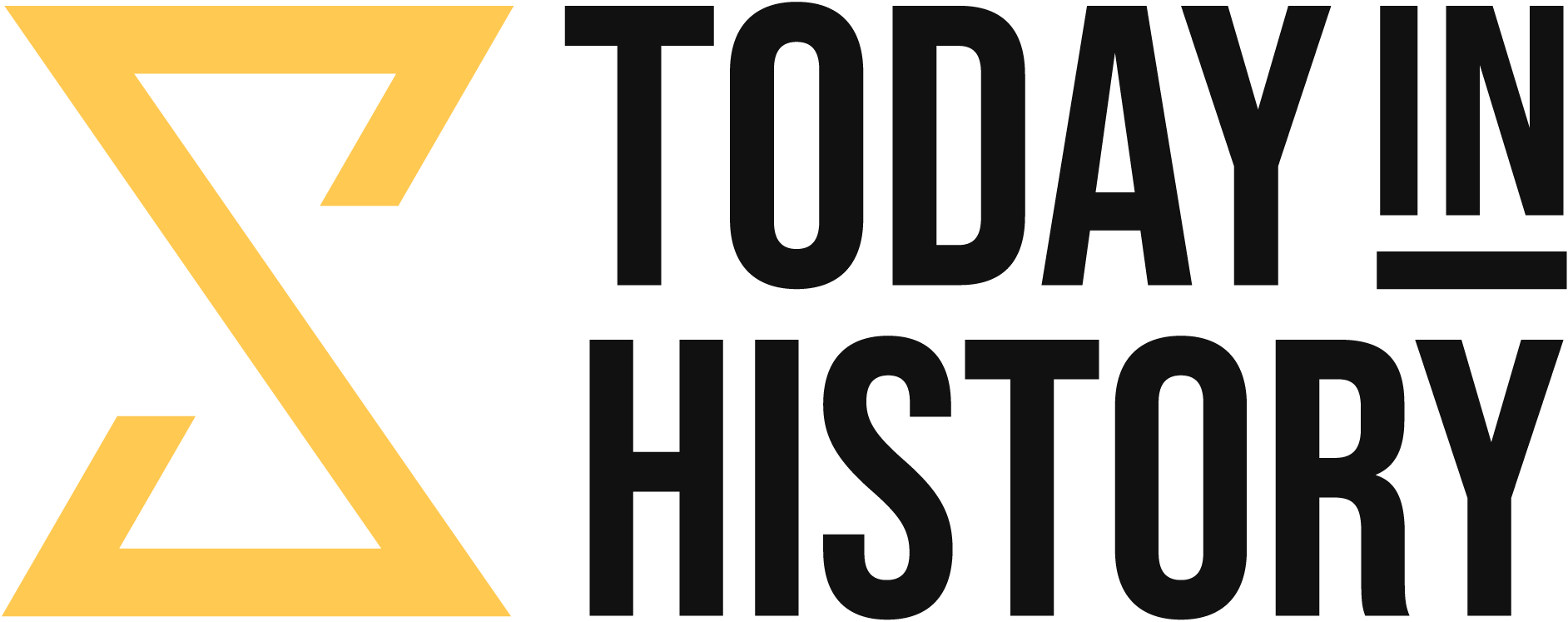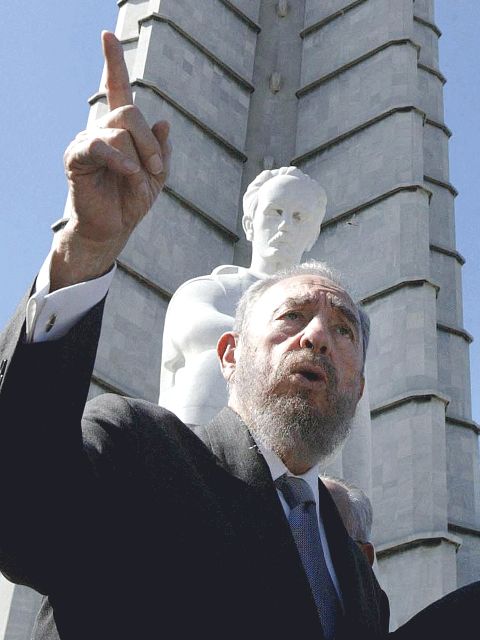After nearly fifty years at the forefront of Cuba’s political landscape, Fidel Castro officially announced his resignation as president on February 24, 2008. This pivotal moment marked the conclusion of an era that profoundly influenced Cuban history, beginning with the 1959 revolution that ousted the Batista regime and continuing through decades marked by intense Cold War confrontations between the United States and the Soviet Union.
Castro’s leadership was characterized by significant socio-economic reforms and the establishment of a one-party state that sought to embody socialist ideals. With his retirement, his younger brother Raúl Castro was appointed to take the reins of leadership, ushering in a new chapter for the nation and prompting widespread speculation about the direction in which Cuba would head. Observers and citizens alike were left to ponder the implications of this transition on the country’s governance, economy, and international relations.
Fun Facts:
- Fidel Castro was born Fidel Alejandro Castro Riz on August 13th 1926.
- He was born in Biran, Oriente, Cuba.
- He would die at the age of 90 in November 2016 in Santiago de Cuba.
- Fidel Castro was a long-standing member of the PCC political party since 1965.
- Fidel Castro made his name as a Cuban Revolutionary and politician. He would take the top office in 1976.
- Before serving as the president, Fidel Castro held the position of prime minister of Cuba from 1959 to 1976. During this time, he implemented significant changes in the country’s political and social landscape, paving the way for his presidency.
- His predecessor, Fulgencio Batista, was forcefully removed from power, allowing Fidel Castro to rise to power.
- Upon his rise to power, Fidel Castro faced relentless opposition from the United States, who attempted to overthrow him and even made several assassination attempts. However, his resilience and determination to uphold his leftist rule were truly inspiring.
- The United States also attempted to use economic embargos and counter-evolution as a way to force Fidel Castro to change his leftist rule.
- In response to the U.S. onslaught, Fidel Castro made a significant decision to ally with the Russians, allowing them to set up a nuclear base in Cuba. This move carried immense geopolitical weight and shaped the course of history.

